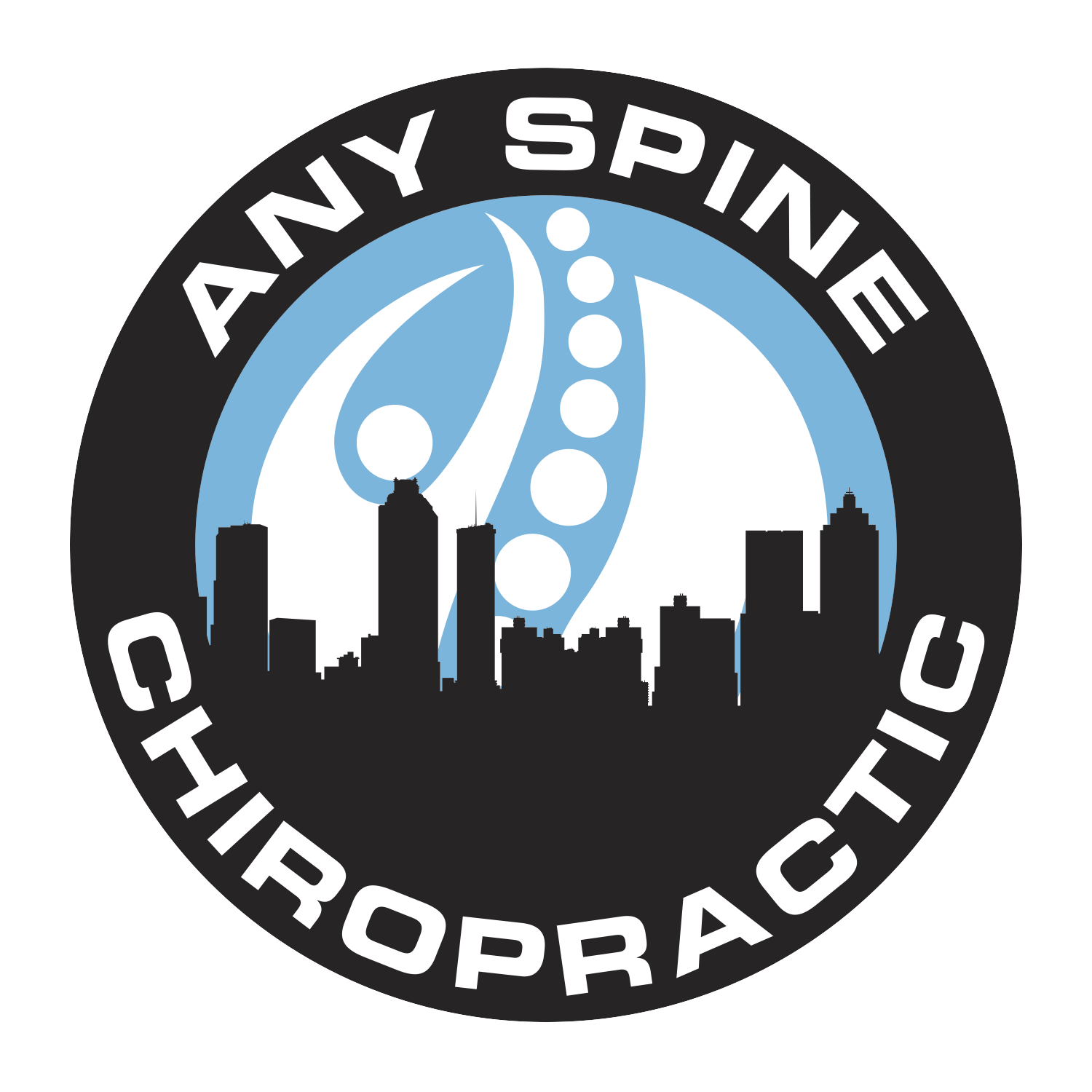Chiropractic Care for Strength-Related Issues (Decreased Grip Strength)
Chiropractic Care for Strength-Related Issues (Decreased Grip Strength)
Understanding Decreased Grip Strength
Grip strength is an essential component of hand function, allowing us to perform daily activities such as lifting, carrying, and holding objects. A decrease in grip strength can make these tasks difficult and may indicate an underlying problem with the muscles, nerves, or joints of the hand, wrist, or spine. Spinal subluxations—misalignments in the vertebrae—are often a contributing factor to decreased grip strength, as they can interfere with nerve communication and impair muscle function. At Any Spine Chiropractic & Massage Studio, I focus on correcting these subluxations to help restore nerve function, improve grip strength, and enhance overall muscle performance.
The Link Between Decreased Grip Strength and Spinal Subluxation
The nerves that control the muscles of the arms, wrists, and hands originate in the cervical spine (neck). When the vertebrae in the cervical spine are misaligned, they can irritate or compress these nerves, leading to reduced muscle strength, decreased grip strength, and impaired hand function. By addressing these spinal misalignments through chiropractic care, it is possible to relieve nerve compression, restore proper communication between the brain and muscles, and improve grip strength.
How Chiropractic Care Can Help with Strength-Related Issues
Chiropractic care offers a natural, non-invasive approach to managing strength-related issues by focusing on spinal alignment, nerve function, and improving muscular balance. Here’s how chiropractic care can help:
1. Spinal Adjustments to Improve Nerve Function
The foundation of chiropractic care is spinal adjustments. By correcting misalignments in the cervical spine, chiropractic adjustments help relieve pressure on the nerves that control the muscles of the arms and hands. Proper spinal alignment ensures that the nervous system can communicate effectively, which is crucial for maintaining muscle strength and improving grip strength.
With consistent chiropractic adjustments, many patients experience increased grip strength, improved hand function, and better overall arm mobility, allowing them to return to their daily activities with confidence.
2. Reducing Muscle Tension and Imbalances
Muscle tension and imbalances in the neck, shoulders, and arms can contribute to decreased grip strength by affecting nerve function and joint movement. Chiropractic care includes soft tissue therapies, such as trigger point therapy and stretching, to release muscle tension and improve muscle balance. By addressing tightness and restrictions in the muscles, chiropractic care helps enhance nerve communication and support better overall muscle function.
Proper muscle balance is essential for maintaining grip strength and preventing further dysfunction.
3. Improving Joint Mobility and Stability
Restricted joint mobility in the spine, shoulder, elbow, or wrist can contribute to reduced strength and impaired hand function. Chiropractic care includes adjustments to improve joint mobility and reduce stiffness, allowing for greater freedom of movement and improved grip strength. Additionally, chiropractic adjustments help restore stability to the joints, reducing strain on the muscles and enhancing their function.
With improved joint mobility and stability, patients can experience increased strength and better coordination in their hands and arms.
4. Providing Rehabilitation Exercises
In addition to spinal adjustments, chiropractic care includes personalized exercises to help strengthen the muscles that support the arms and hands. Strengthening these muscles helps improve grip strength, enhance stability, and support better hand function. At Any Spine Chiropractic & Massage Studio, I work with patients to develop an individualized exercise plan that targets specific weaknesses and helps restore strength and balance.
By strengthening the muscles of the arms and hands, chiropractic care helps support long-term improvements in grip strength and overall function.
Benefits of Chiropractic Care for Strength-Related Issues
Chiropractic care offers several benefits for individuals dealing with decreased grip strength and other strength-related issues, including:
- Non-Invasive Relief: Chiropractic care provides a natural, drug-free approach to managing strength-related issues without the risks of medications or surgery.
- Addressing the Root Cause: By correcting spinal subluxations, chiropractic care targets the underlying issues that contribute to reduced strength, providing long-term relief.
- Improved Muscle Function: Chiropractic adjustments help restore proper nerve communication, promoting better muscle function and increased strength in the hands and arms.
- Enhanced Joint Mobility and Stability: Chiropractic care helps improve joint function, allowing for better movement and reduced strain on the muscles.
What to Expect from Chiropractic Care for Decreased Grip Strength
At Any Spine Chiropractic & Massage Studio, I begin with a thorough assessment of your spine, posture, and muscle function to determine the underlying cause of your decreased grip strength. Based on this evaluation, I will develop a personalized treatment plan that includes spinal adjustments, soft tissue therapy, and exercises to help improve your grip strength and enhance your quality of life.
With consistent chiropractic care, you can expect to experience increased strength, improved hand function, and better overall health, allowing you to perform daily activities with ease and confidence.
Take the First Step Toward Regaining Strength
If you’re struggling with decreased grip strength or other strength-related issues, chiropractic care may be the answer. Contact Any Spine Chiropractic & Massage Studio today to schedule your appointment. Let’s work together to address the root cause of your symptoms and help you find lasting relief and strength.


